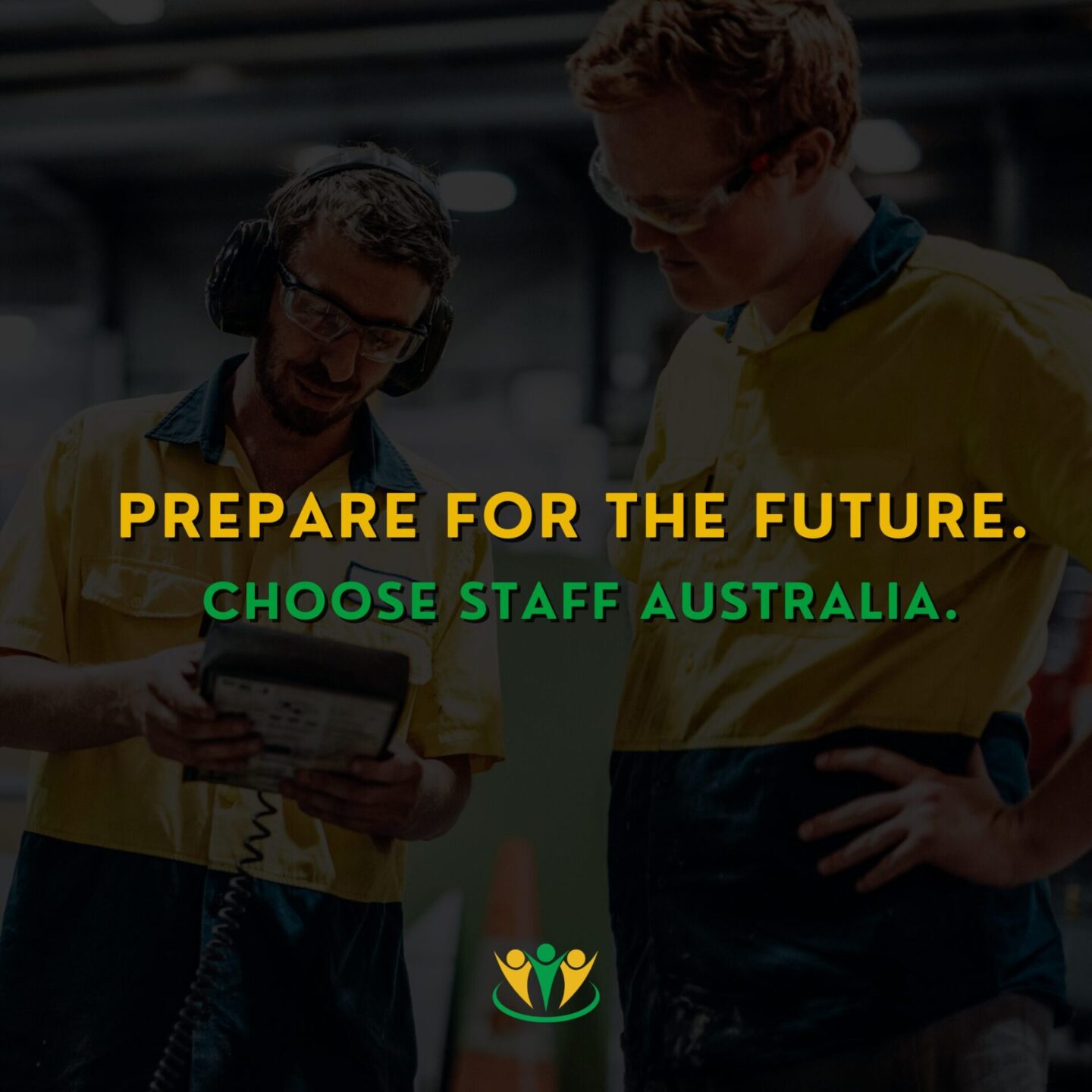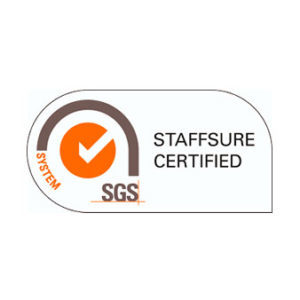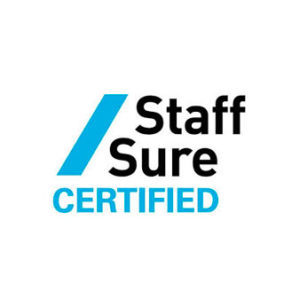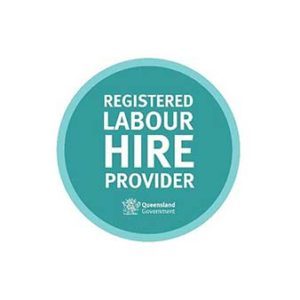Being a job seeker is brutal, especially if you’re new to the job hunt, have been looking to no avail, or haven’t changed jobs for quite some time.
Good news! We’re here to make it easier for you. We’re committed to making the job search as stress-free as possible, which is why we have put together a step-by-step guide that covers everything you need to know.
From getting your paperwork sorted to clocking in on your first day. Staff Australia is your one stop shop.

Let’s start with the basics: Master the job hunt in 10 steps!
Step 1: Write the perfect resume and cover letter.
Submitting your resume to a job listing or sending your cover letter to an employer is step one in the application process. The journey starts here.
A resume summarises a person’s education, work experience, accomplishments, skills, and personal details.
Its purpose is to provide hiring managers with an overview of the applicant’s professional background and abilities. This helps recruiters decide if the applicant is suitable for a particular job.
Never underestimate the power of a well-composed resume. Your resume should tell the story of your professional life.
TFN Declaration
Step 2: Get your paperwork ready.
First things first – you’ll need to get a Tax File Number (TFN). You don’t need one, but you really should have one! If you do not currently have a TFN, you can easily apply through the ATO website or visit your local Australia Post. Without a TFN, your employer is required to withhold 45% of your pay, which means you’ll have less money in your pocket.
You’ll also need to provide various acceptable forms of Identification (ID) – usually either a Driver’s License, Birth Certificate or Passport will be considered a primary form of ID by your employer. If you’re not an Australian or New Zealand citizen, you’ll need to make sure your visa allows you to work in Australia.
Lastly, before you can get paid, you’ll need to collect your bank details. This includes a BSB and Account Number.
Step 3: Contact your referees – references matter!
According to Jobs and Skills Australia, 44% of employers will ask an applicant to provide them with references. Although it is not a requirement to include references on your initial resume, having at least 2 strong referees, such as a former manager, a current coworker, or university lecturer/school teacher, can make or break your job prospects. Plus – knowing that you have someone in your corner who believes in you and is willing to vouch for you can boost your confidence and motivation!
Step 4: Understand the different types of work.
Before you apply, you should know what kind of working situation you are looking for. There are a few different ways you can be employed:
- Full-time: A full-time employee is typically required to work 38 hours a week. Their hours are guaranteed, and they receive employment benefits: such as annual leave and personal leave.
- Part-time: Like a full-time employee, a part time employee is given regular hours but less than 38 per week, they also still get benefits.
- Casual: Casual employees are not given guaranteed hours each week, but they get paid a higher hourly rate, (usually 25%). They also do not get the same benefits as a full time or part time employee.
- Contract: Contractors are hired to work for a specific timeframe, either to complete a project or work for a certain period.
- Temporary: Temporary workers are hired on a temporary basis to support an employer during a busier time of year or to fill vacant roles short-term. They are usually added to a contract or casual agreement.
- Permanent: Permanent staff are hired on an on-going basis. They are usually long-term full-time employees, but they may first be hired as a temporary employee.
According to the ABS, 22% of Australian workers are casual, so it’s a pretty common way to start out.


Step 5: Attend the Interview.
The interview stage is often considered to be one of the most daunting parts of the recruitment process. However, for job seekers looking for work in the manufacturing, logistics and transport, or warehousing and trade sectors, the interview process is relatively streamlined.
Employers mainly want to make sure that you:
- Have the skills and experience needed to do the job.
- Are reliable and time conscious.
- Will follow all the necessary work health and safety regulations.
- Have obtained the necessary qualifications and/or licences.
Remember: the person who’s interviewing you wants you to succeed just as much as you do! During the interview, you will discuss your job goals, skills, and experience with an interviewer. This is also your chance to ask questions and learn more about the business.
Step 6: Get certified and licenced (if you need it!)
Many occupations in both the business support and industrial sectors will ask for certain certifications or licences. If you are starting a new job, it is important that you obtain all the necessary qualifications for legal, ethical, and safety reasons, especially if you work in a high-risk environment.
Common requirements include:
- A high risk work licence – if you are working with high risk equipment (such as a forklift)
- A White Card – if you work in construction.
- First Aid Certificate.
- A working with children check.
- Responsible Service of Alcohol (RSA) Certificate – if you work at a venue that serves alcohol.
- Driver’s licence.
Step 7: Understand payment entitlements.
Once you are employed, you are entitled to a minimum wage of $24.10 per hour (as of July 2024). If you work full-time (38 hours) you must be paid at least $915.90 a week before tax is deducted.
However, there are a few exceptions. You may be paid less if:
- You are under the age of 21.
- You are employed under the Supported Wage System.
- You are an apprentice or trainee.
If you are a casual worker earning the minimum wage, you are entitled to casual loading of at least 25% on top of your base rate (FairWork).
When you receive a letter of offer, it is crucial that you understand your entitlements before you agree to sign the employment contract.
If you are earning less than the minimum wage, it is important to find out why. If you think you’ve been paid incorrectly or are not getting fairly compensated, make sure you talk to your employer!
Step 8: Your First Day!
It is normal to feel nervous on your first day. But this doesn’t mean that you won’t enjoy meeting people and performing your new role.
On your first day, you are typically required to register your attendance by using a clock-in system or meeting up with your supervisor prior to shift commencement.
Before you rock up, it is important to make sure you are wearing the appropriate clothing and have all the necessary tools you need to get the job done. If you are working in an industrial or high-risk environment, you are likely to require Personal Protective Equipment (PPE) such as steel cap boots, a safety jacket, protective ear/eye wear, and gloves.
Step 9: Paying Tax and Superannuation
Ah yes, tax. Sadly, when you start making regular income, you will need to pay tax and make super contributions.
This means that you are required to have a tax file number and a designated superannuation fund. If you are new to the workforce and do not have a super fund to nominate, your employer will choose a super fund for you.
Your employer must pay 11.5% on top of your wages into your super fund. You can choose your own or use the employer’s default one – but don’t ignore it! If you do not make super contributions, you will have less financial security when it comes to your retirement.

Step 10: Maintaining a supportive network.
Knowing that you have friends, family, and coworkers that support you is critical when it comes to maintaining your physical and mental health.
Your support network should be there for you every step of the way, regardless of your employment status.
If you feel uncomfortable at work or need additional support: ask your employer for help. If this is not possible, you can find useful information at fairwork.gov.au or servicesaustralia.gov.au.
Things to remember:
- Everyone starts somewhere.
- No one likes change.
- The world is unpredictable.
- But everything will work out.
There are heaps of job opportunities for people willing to work hard and learn on the job. If you need employment support, you’ve come to the right place!
Contact Staff Australia today to get your foot in the door. Call 1300 178 233 or email your local office.
Work with our recruiters to get more out of the job search!
If you are on the hunt for your next role, we encourage you to explore our job listings or send us a resume. Whether you’re seeking a role in construction, warehousing, business support, or manufacturing, Staff Australia is always looking to provide work to job seekers across Australia.










